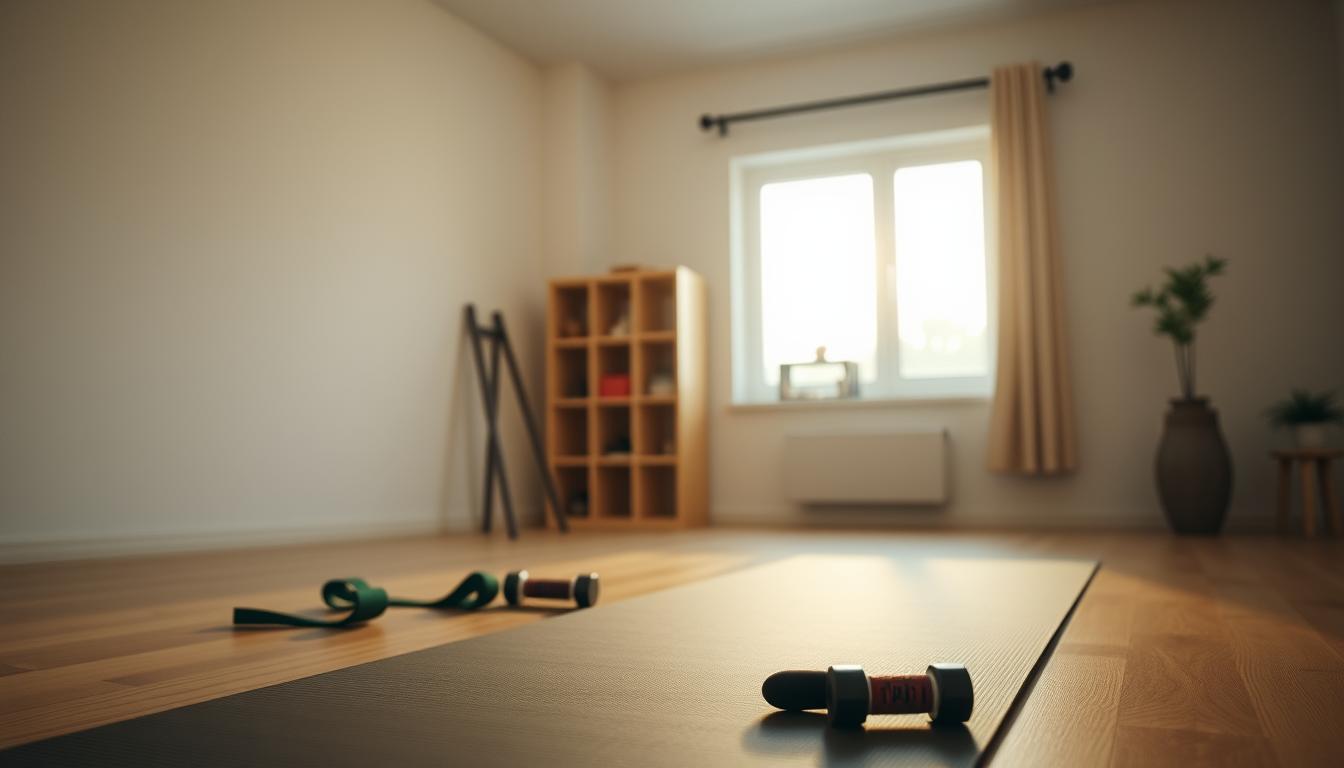Did you know that nearly 80% of people who start a new exercise routine quit within the first six months? Creating lasting workout habits is…
Mindful Eating for Weight Loss: A Practical Guide
Did you know that nearly 70% of adults in the United States are trying to lose weight, yet many struggle with traditional dieting methods? This…
Simple Clean Eating Habits for a Lean Body
Achieving a lean body is a goal for many, but it can seem daunting. Did you know that adopting healthy eating habits can significantly impact…
Beginner Mind Body Fitness Routine You Can Do at Home
Did you know that regular exercise can reduce stress and anxiety by up to 40%? This is just one of the many benefits of incorporating…
pRelax and Unwind with Mind-Body Workouts
Did you know that nearly 8 in 10 Americans experience stress in their daily lives? Mind-body exercises offer a powerful solution to this widespread issue….
Unlock Your Potential: Men’s Wellness Coaching for Energy & Focus
A staggering 75% of men experience a significant decline in energy levels by the age of 40, impacting their daily lives and overall well-being. This…
Holistic Health Coaching for Busy Women
A staggering number of women juggling careers and family responsibilities experience burnout, with 75% reporting feeling overwhelmed. This statistic underscores the need for a comprehensive…
Boost Your Mental Health with Strength Training
Did you know that regular strength training can reduce symptoms of anxiety and depression by 43% and improve overall mental well-being? Strength training is not…
Workouts to Help Manage Anxiety and Stress
Did you know that regular physical activity can reduce the risk of developing anxiety disorders by up to 30%? Exercise is a powerful tool in…
Simple Biohacking Tips for Beginners
Did you know that biohacking can improve your overall well-being by optimizing your diet, sleep, and exercise routines? As a beginner, diving into the world…









